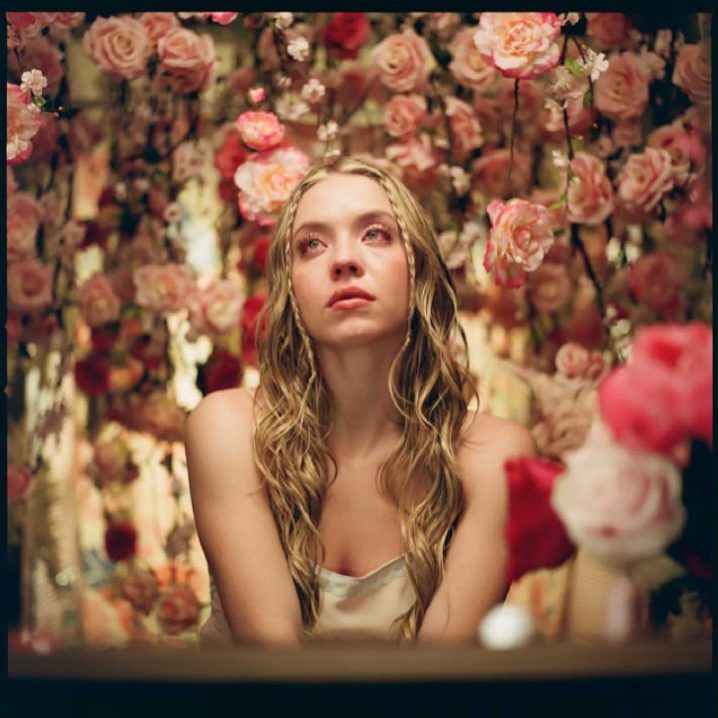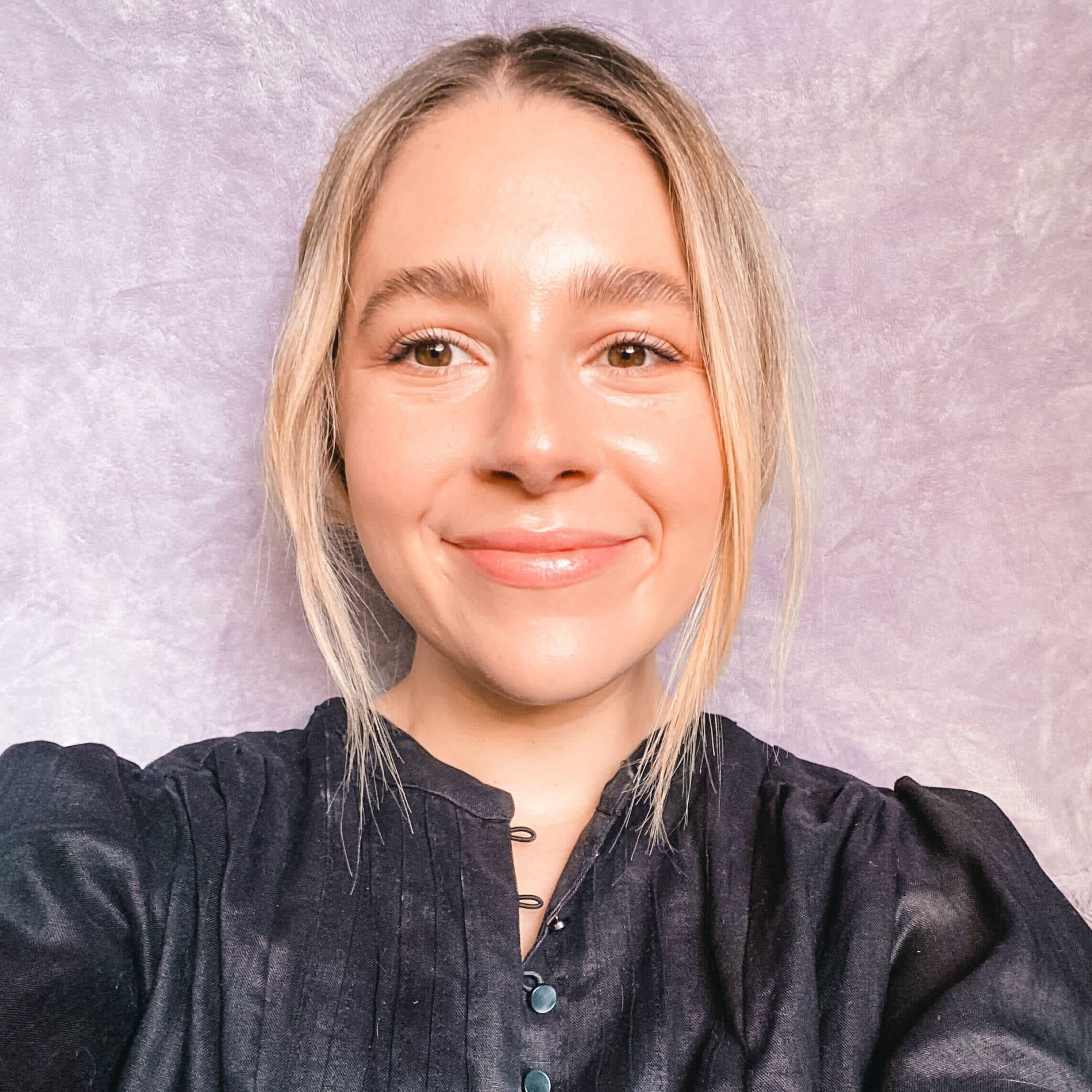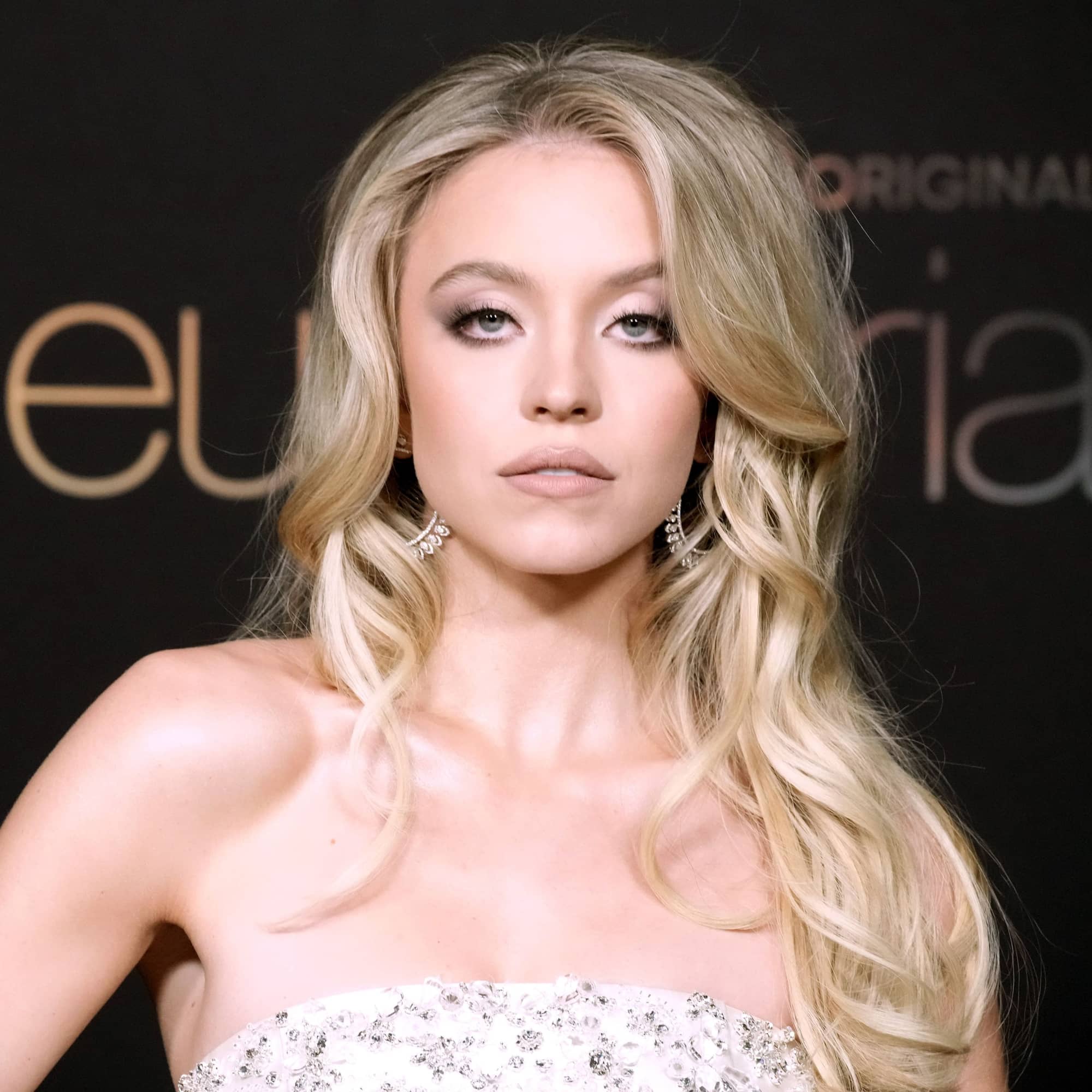
- POPSUGAR Australia
- Celebrity
- Euphoria Isn’t Simply a “TV Show” — It’s a Visual Masterpiece
Euphoria Isn’t Simply a “TV Show” — It’s a Visual Masterpiece


Since the second season of HBO’s hit show Euphoria dropped onto BINGE in January, I’ve been asked by countless people why they should watch it. Most have heard about the substance abuse by Zendaya’s character, Rue, but the main question or concern for many is whether it’s all just a bit too heavy to take on right now.
My answer is always a resounding yes. Yes, it is worth it. I often find myself comparing it to gritty teen dramas from the mid-noughties, like Skins and Thirteen, but while these shows also portrayed similar poor decisions made by every single generation of teenagers, Euphoria undoubtedly takes it a step further.
Yes, there are overdoses, a psychotic anti-heart throb, multiple counts of violence (including sexual violence), severe mental health deterioration, and a couple of well-adjusted teens tossed in to show just how far this show takes its main characters. Euphoria should come with every trigger warning imaginable, which is why Zendaya herself posted to Instagram on the day of the season two premiere to remind viewers that “Euphoria is for mature audiences. This season, maybe even more so than the last”.
All of these reasons are compelling enough to make millions of people around the world tune in every week to be shocked and awed in a spectacularly dramatic fashion. But the real reason I always tell people they should watch Euphoria (if they’re in the right mental space to do so) is because it’s a visual masterpiece.
Euphoria has always been art. That’s a fact not up for debate. The visual aesthetic in season one — from the larger-than-life glam to the comparatively mundane and normal sets, the dreamy lighting, and especially how the show was shot — was masterful, with the darkness of the themes offset by the dream-like styling that offered the viewer a visual reprieve when we needed it most. So instantly iconic, the show’s debut season defined an entire generation’s aesthetic in just eight hours of television — just scroll on TikTok for a few seconds to have that proven true.
In many ways, that changed in season two. After such a successful debut season, it might have been simpler for the show’s creator Sam Levinson to allow the follow-up season to follow the same tried-and-true formula. Instead, he and the show’s Director of Photography, Marcell Rév, chose to shoot every episode on film.
Along with giving it a grittier look overall, it also helped with making it feel more like a memory of high school, compared to the first season, which was filmed on digital and felt more present, with the audience down in the weeds, right next to the characters.
“If season one was a house party at 2 a.m., season two should feel like 5 a.m. and way past the point in which everyone should have gone home,” Levinson says in the show’s official Enter Euphoria YouTube series.
The season kicks off at a New Year’s Eve party and, as Levinson explains, they played on the ominous tension that can often come with the customary countdown — and we see this manifest through all the characters’ storylines on the night. The camera work in this first episode is hypnotising, with long, continuous shots that sweep through the house and offer us a glimpse into the layout of the party.
While Lexi (played by Maude Apatow) and Fezco (Angus Cloud) talk on the couch, we see Jules (Hunter Schafer) and Kat (Barbie Ferreira) dancing in the background, before sweeping into the bathroom to see Maddy (Alexa Demie) get chatted up from overhead, while Cassie (played by White Lotus alum, Sydney Sweeney) lays still and silent in the bathtub. All the while, Nate sees everything going on around him with a terrifying amount of detachment.
This all combines to offer us, the viewer, a fever dream-like view of the entire party that compares to many of my own memories from high school house parties. It’s beautiful enough to soften the frayed edges left behind from being concerned for Rue and wanting to wrap Fez up in bubble wrap to protect him from the cruel world.
But it was this week’s episode — the fourth in the season — that kicked the art porn into another gear. The episode is bookended by scenes that serve no meaningful purpose to the plot and feel like they were created just for the magic of the show.
It opens with Jules and Rue reenacting some of the most iconic love scenes in pop culture history: the tent scene from Brokeback Mountain, the kiss in Snow White, pottery in Ghost, Titanic’s “I’m flying, Jack” moment on the bow of the ship, John Lennon and Yoko Ono on the floor — the list goes on. These scenes aren’t crucial to the story, except to perhaps show us how Rue views her relationship with Jules, and the high pedestal she’s put her on.
Similarly, the episode closes out with a slow zoom out of Cassie, surrounded by a vignette of pink and white flowers that makes no logical sense in the context of the story, and serves no other purpose but to mesmerise the audience (which it so successfully did). The episode is dotted with moments like this; with slow zooms that felt like they were filmed on a camcorder, an overhead shot tracking Elliot (played by Dominic Fike) as he moves around the bedroom and bathroom, and ethereal hallucinations that put Rue in the arms of her late father, then Labrinth in a cathedral, then no one, as she dances alone in her living room whilst high on a cocktail of drugs from her suitcase.
In a world where everything feels like it’s been done before, Euphoria is doing it differently and redefining the “teen drama” genre at every turn. It’s staggering to think we’re only halfway through the season, when such a chaotic plot and frenetic film style allows for so much character development in every episode. I have no idea where this season of Euphoria is heading, but I’m thrilled to be along for the ride.


